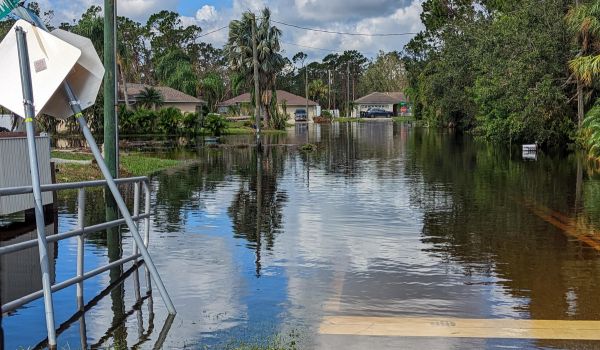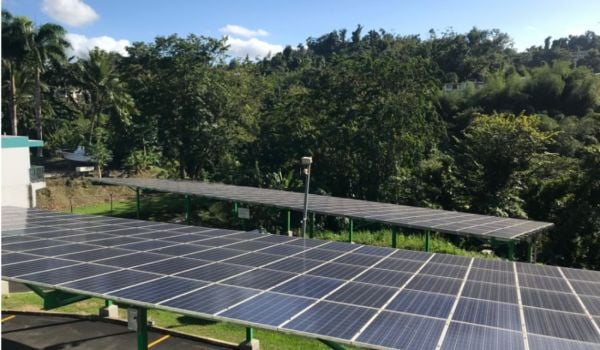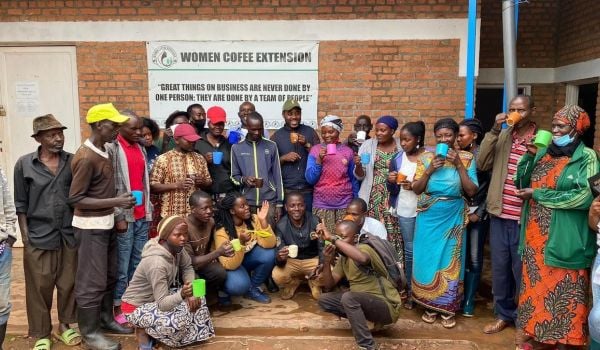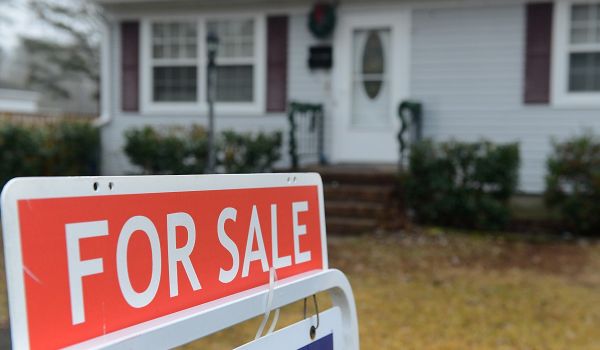From solar energy systems for food banks to supporting sustainability initiatives for nonprofits, Beneficial State Bank funds projects that help build a greener future, especially for underserved communities that need it the most.
“Many larger banks are unwilling to provide financing for nonprofits, especially smaller, grassroots organizations,” says Jae Easterbrooks, vice president and Earth Services team leader of the Oakland, California-based CDFI.
The bank’s clients mostly come from low- and moderate-income communities. But, they also serve larger environmental nonprofits with a global reach.
As of December 2021, Beneficial State Bank had $144 million in loans outstanding to the renewable energy sector and $94 million in loans outstanding to the environmental sustainability sector.
New funding opportunities, like the federal Greenhouse Gas Reduction Fund, which will provide billions of dollars in grants for clean energy and climate projects for low-income and disadvantaged communities, could provide new funding opportunities for organizations like Beneficial State Bank. But, the program’s details are still being worked out.
Next City spoke to Easterbrooks about how the bank strives to serve underserved communities, why it’s important, and how an influx in new funding could expand their work.
How do you ensure green lending benefits low-income and minority communities?
As part of our underwriting process, all loans are analyzed to ensure that they meet our mission impact criteria, or at a minimum are “mission-aligned.” Included within that analysis are assessments for CDFI and Community Reinvestment Act compliance. As a CDFI, we primarily focus on maximizing lending in CDFI-eligible census tracts, which qualify due to the low-to-moderate income of the inhabitants.
Why is reaching these groups so important?
Promoting community resilience, equity, and inclusion has always been at the core of our mission. These are required for a truly equitable financial system that can achieve economic justice for all.
We started around the 2008 financial crisis—it was clear that big changes were needed in the banking industry, and that influenced the design of our model. We knew then, as we still know today, that inequity is woven into the financial services industry. Communities of color have long been denied access to capital through discriminatory practices like redlining. We see a future where all banks embrace a triple-bottom-line practice—one focused on investing in people, planet and prosperity.
What challenges have you faced in lending to underserved groups?
Despite the bank’s stated goal of having 75% of its loans aligned with its mission, there are still numerous opportunities that we have to decline. Although we are generally more willing to spend time reviewing and analyzing certain opportunities than larger banks, we’re still held to the same regulatory requirements. We can’t say yes to every opportunity presented to us, even if we love the organization and its mission or project.
National and local policy and legislation affect the types of projects we finance. When a government guarantee program offsets some credit risk, we are more able to support qualified underserved groups. However, we have learned that underwriting these types of loans can be a lengthy, complex process.
As a smaller-sized bank, we need to be thoughtful about how we utilize our capital and employee resources. So, we’re more selective about which opportunities we pursue; we’re constantly evaluating the competitive and regulatory landscape to see where we can be the most effective with the resources we have. By having a more defined list of segments or types of deals we are capable of analyzing, we can have a much greater impact.
How might potential new funding sources, like the Greenhouse Gas Reduction Fund, help you increase your impact?
Federal or state funds are very helpful in guiding the behavior of financial institutions.
Federal incentives push banks like ours to develop an underwriting approach and take risks that wouldn’t otherwise be impossible. We hope to see a shift in the banking industry spurred by the Inflation Reduction Act, including provisions like the Greenhouse Gas Reduction Fund, which provides much larger funding opportunities for climate-related financing, and should ultimately be even more impactful.

This story is part of our series, CDFI Futures, which explores the community development finance industry through the lenses of equity, public policy and inclusive community development. The series is generously supported by Partners for the Common Good. Sign up for PCG’s CapNexus newsletter at capnexus.org.
Erica Sweeney is a freelance journalist based in Little Rock, AR. She covers health, wellness, business and many other topics. Her work has appeared in The New York Times, The Guardian, Good Housekeeping, HuffPost, Parade, Money, Insider and more.









_920_518_600_350_80_s_c1.jpg)






